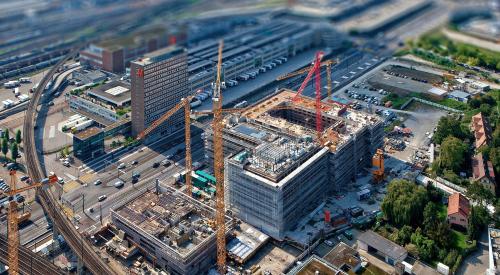According to new earnings data, real wages "effectively declined" in 2018. When adjusted for inflation, wages grew 1.1 percent annually, but when adjusted for cost of living growth, real wages fell 1.3 percent since December 2017.
By sector, the biggest annual loss in wages was in transportation and manufacturing, down 3.9 and 2.4 percent, respectively, since the end of 2017, while the tech sector grew 2.7 percent in that time. By region, San Francisco had the greatest increase in wages, 4.9 percent, followed by San Jose, Calif. at 3.3 percent and 3.0 percent in San Diego. MarketWatch reports that while real wages for average workers are trending downward, executive pay has "surged": Pay ratios of Fortune 500 company CEOs to their employees range from 2 to 1 to nearly 5,000 to 1, according to a 2018 report, as well, the average CEO/worker ratio is 339 to 1.
The latest Bureau of Labor Statistics data showed an annual increase of 3.2 percent in average hourly earnings in December, but that’s before accounting for inflation. The PayScale data also stand in contrast to otherwise encouraging news about the labor market. The U.S. unemployment rate remained near a 49-year low of 3.9 percent in December ... “A decline in real wages means the average person can purchase even less today than they could last year when wages are measured against inflation,” said Katie Bardaro, chief economist at PayScale.












